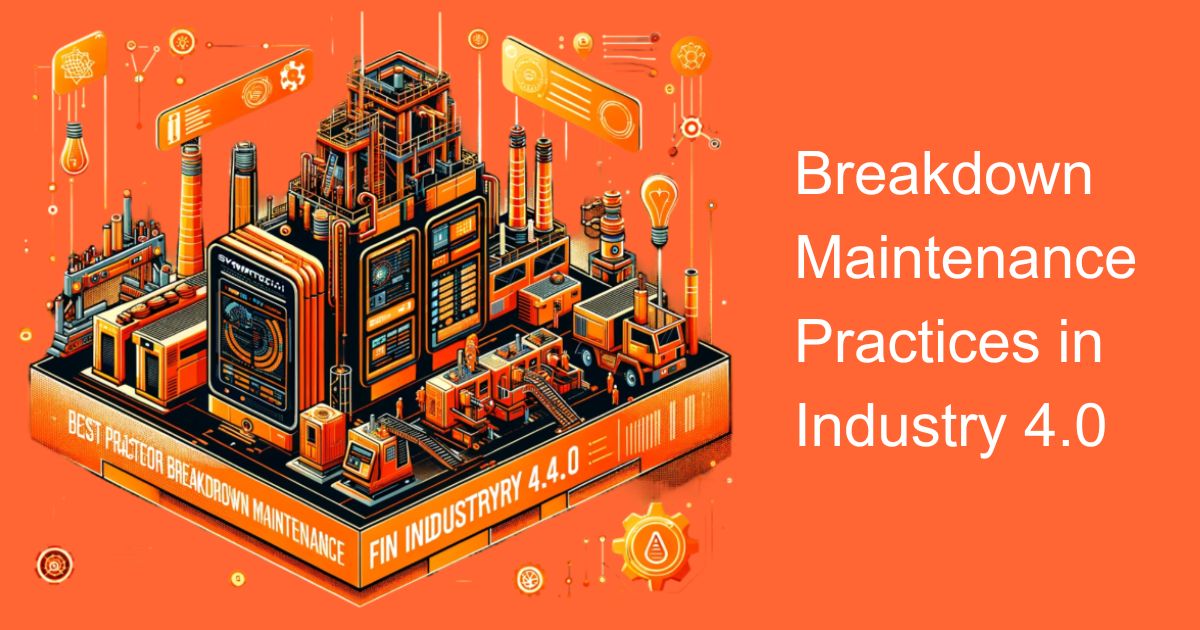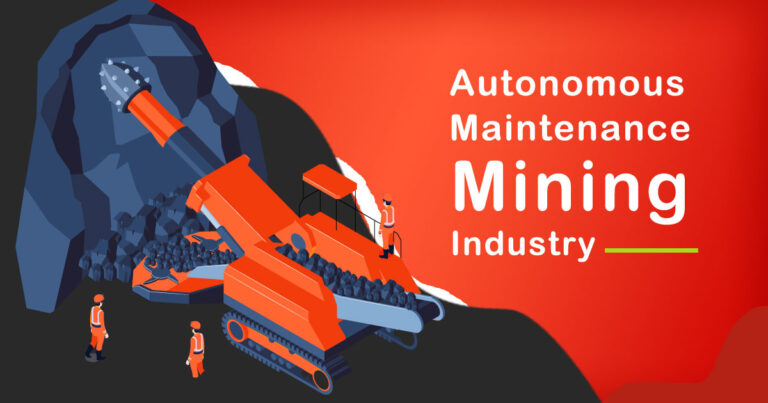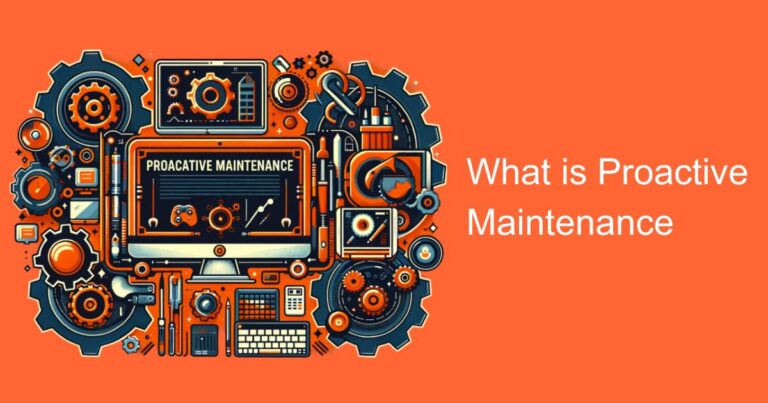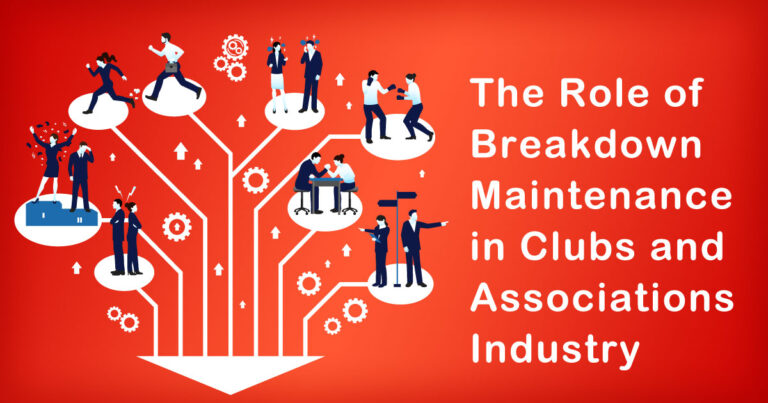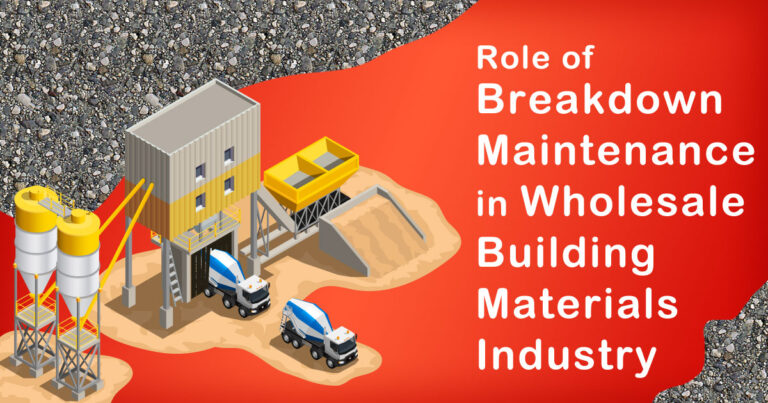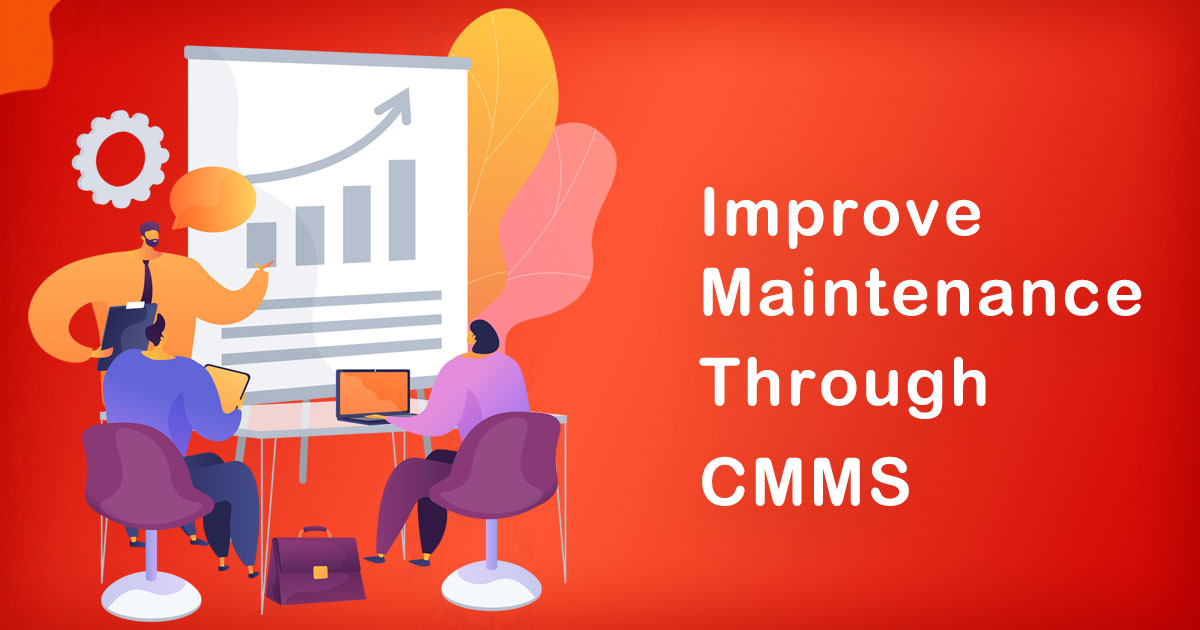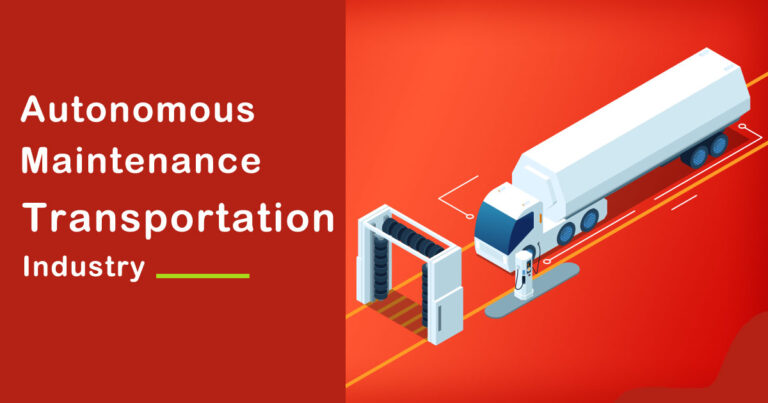Introduction
In today’s rapidly evolving industrial landscape, the concept of Industry 4.0 has taken center stage, redefining the way manufacturing processes are managed and executed. With the integration of cutting-edge technologies like IoT, AI, and data analytics, businesses are striving for increased efficiency and productivity. Amidst this transformation, one crucial aspect that remains unchanged is the need for effective breakdown maintenance. In this blog, we will delve into the best practices for breakdown maintenance in Industry 4.0, focusing on the Indian context.
Embrace Predictive Maintenance
In the era of Industry 4.0, predictive maintenance has emerged as a game-changer. By harnessing real-time data from sensors and equipment, manufacturers can predict when a breakdown is likely to occur, enabling proactive intervention. In India, with a growing emphasis on digitalization and IoT adoption, predictive maintenance is becoming more accessible and cost-effective for businesses of all sizes.
IoT-Enabled Condition Monitoring
IoT sensors play a pivotal role in condition monitoring, as they continuously collect data on equipment health. In an Indian manufacturing setting, these sensors can monitor critical machinery, such as those used in agriculture or textile manufacturing, helping prevent costly breakdowns and ensuring the smooth operation of facilities.
Data Analytics for Smart Decision-Making
Incorporating data analytics into the maintenance process allows Indian industries to make informed decisions. By analyzing historical data, businesses can identify patterns, optimize maintenance schedules, and allocate resources efficiently. This approach minimizes downtime and maximizes productivity, particularly vital in the fast-paced Indian market.
Remote Monitoring and Diagnostics
Industry 4.0 enables remote monitoring and diagnostics of equipment, a significant advantage in a country as vast and diverse as India. Businesses can centrally manage and troubleshoot machinery located in different regions, reducing the need for on-site personnel and cutting down travel time and costs.
Skilled Workforce and Training
The adoption of Industry 4.0 practices in India necessitates a workforce with the required skill set. Companies should invest in training programs to equip their employees with the knowledge and expertise needed to operate and maintain advanced machinery. Upskilling the workforce is crucial for successful breakdown maintenance in the Indian context.
Robust Spare Parts Management
Indian industries often face challenges related to the availability of spare parts. To mitigate the impact of breakdowns, businesses should maintain a well-organized spare parts inventory. Implementing digital solutions for spare parts management ensures timely availability, reducing downtime during maintenance.
Integration of CMMS (Computerized Maintenance Management Systems)
CMMS systems streamline maintenance processes by centralizing data, work orders, and asset management. In India, where industries are striving to optimize operations, CMMS can be a valuable tool for breakdown maintenance, ensuring compliance with best practices and regulations.
Collaborative Ecosystems
Industry 4.0 emphasizes collaboration among stakeholders. Indian businesses can benefit from forming partnerships with technology providers, maintenance service providers, and other industry players. Collaborative ecosystems facilitate knowledge sharing and access to cutting-edge solutions, promoting efficient breakdown maintenance.
Regulatory Compliance
Adhering to regulatory requirements is essential in India’s industrial landscape. Companies must stay updated with the latest industry regulations and standards, ensuring their maintenance practices align with legal requirements.
Continuous Improvement and Feedback Loops
Finally, to achieve excellence in breakdown maintenance within Industry 4.0, businesses should establish a culture of continuous improvement. Collecting feedback from maintenance teams, analyzing data, and implementing corrective actions contribute to the evolution of maintenance practices over time.
Conclusion
As Industry 4.0 gains momentum in India, breakdown maintenance remains a critical aspect of manufacturing operations. Embracing predictive maintenance, leveraging IoT for condition monitoring, and harnessing data analytics are pivotal in ensuring equipment reliability and minimizing downtime. A skilled workforce, efficient spare parts management, and compliance with regulations are equally important. By adopting these best practices, Indian industries can thrive in the era of Industry 4.0, maintaining a competitive edge in the global market.


